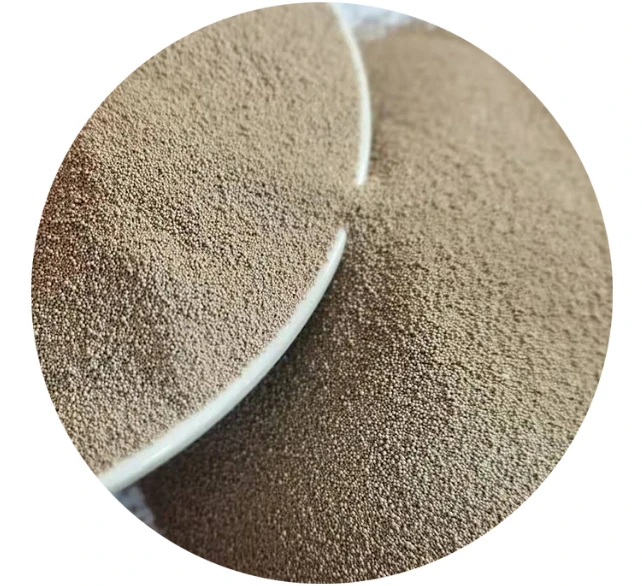

Once the mold and cores are ready, the assembly is prepared for the metal pouring stage. Molten metal is carefully poured into the mold cavity via a gating system designed to direct flow and minimize turbulence. The gating system design is pivotal in preventing defects such as air entrapment, which can lead to casting imperfections. Ensuring that the mold is filled steadily and efficiently demands a blend of quick judgment and controlled skill. After the metal has cooled and solidified within the mold—typically taking between a few hours to several days, depending on the size of the casting—the mold materials are broken away to reveal the rough final product. This raw casting is then subjected to various post-processing treatments including fettling (removal of excess material), heat treatment to refine metallurgical properties, and precision machining to achieve the exact specifications required. The reliability and effectiveness of sand casting are evident through its wide application across industries, from automotive to aerospace. Its ability to produce large and complex components with minimal waste is unmatched. However, the quality and integrity of the end product heavily rely on the expertise and trustworthiness of the operators executing each step. Skilled foundry workers solely contribute to the success of this method by applying their experience to troubleshoot issues and refine processes, ensuring the highest standards of casting excellence. In conclusion, sand casting remains a trusted method in manufacturing due to its versatility and efficiency. Mastery of this process comes not only from understanding each technical step but also from years of honing one’s craft, ensuring products made are of superior quality. Through thoughtful design, precise execution, and continuous learning, sand casting thrives as a pillar of modern manufacturing technologies. Post time:იან . 14, 2025 10:57
Next:sand casting sand types
